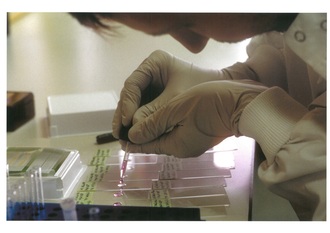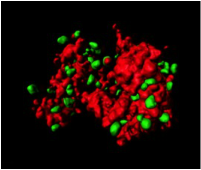
Current Research Projects
Our research investigates how systems in the body control the activity of the blood platelets, and how these systems interact with drugs used to prevent heart attacks and strokes. Platelets are found in the blood and are small circulating cells (actually not whole cells as they have no nucleus) which can stick together rapidly to stop bleeding. The average human has over a trillion platelets in their body.
- Nitric oxide, prostaglandin I2 and anti-platelet drugs
- Mixed platelet populations
- Platelet eicosanoids
- Novel platelet tests
Our research investigates how systems in the body control the activity of the blood platelets, and how these systems interact with drugs used to prevent heart attacks and strokes. Platelets are found in the blood and are small circulating cells (actually not whole cells as they have no nucleus) which can stick together rapidly to stop bleeding. The average human has over a trillion platelets in their body.
- Nitric oxide, prostaglandin I2 and anti-platelet drugs
- Mixed platelet populations
- Platelet eicosanoids
- Novel platelet tests
